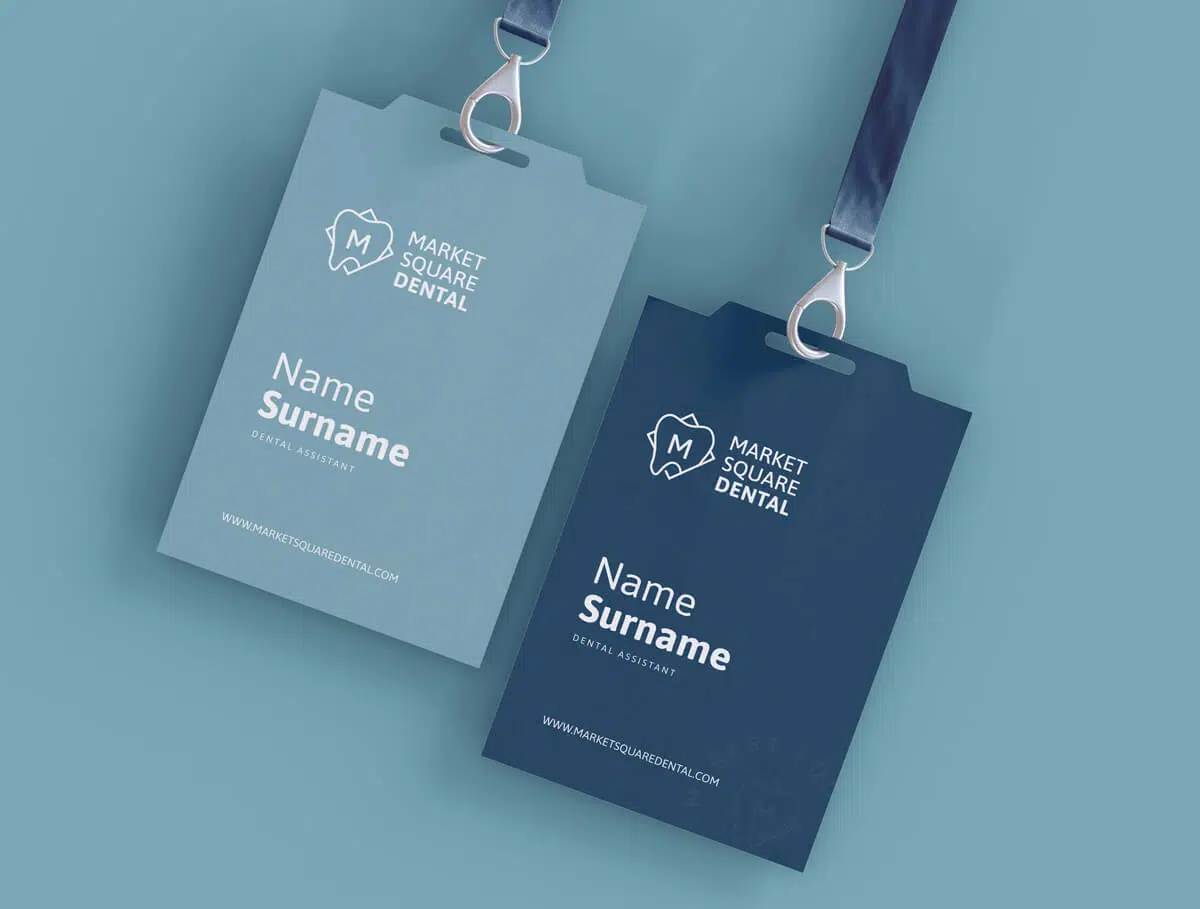What logo files I need from a designer and how to use them?
Using the right logo file can make a big difference in achieving the best quality possible. Whether you’re using it for digital or print purposes, it’s important to use the correct file. Don’t worry, though, I’ve got you covered! Just take a quick look below to understand the files you’ve received.
EPS
It is a vector file. EPS is a recommended file for printing, as it contains all the necessary information to produce high-quality colours in print. Although you may not be able to open an EPS file, print houses or designers may ask for this file format. Alternatively, a vector PDF is an excellent option as it allows you to view the file.
SVG
It is a vector file. SVG files are an excellent choice for website usage. Although they are more compressed than EPS files, and not specifically designed for print, they can still be used in high-quality on platforms like Canva. If you use SVG on Canva, you'll be able to change colours of that logo file. SVG files are ideal for displaying logos on websites, as they ensure a sharp and clear appearance on screens of any resolution.
It is a vector file. PDF is an excellent alternative to EPS as a high-quality vector file. Although not suitable for use on websites, it can still achieve a sharp and crisp logo effect in some Microsoft software such as Word and PowerPoint. It's best to use PDF for printing and in software where it's allowed. You can also provide a PDF file to the designer or print house.
AI
It is a vector file. An Ai file is an Adobe Illustrator file type, created for vector graphics. This software is widely used by designers and allows for maximum flexibility of the logo. While you may not be able to open an Ai file, other designers or print houses will be able to use it to produce high-quality output.
PNG
PNG files are incredibly versatile, thanks to their support for transparency. This feature allows logos to be placed on any background, making them ideal for website usage, presentations, and even software like Canva, Word, and PowerPoint.
JPG
When it comes to social media usage, JPG files are the way to go. Although they do not support transparency, they are the most widely recognized image file type. They are perfect for placing a logo on social media platforms. However, it's best to avoid using JPG files for print purposes.
What logo files I need from a designer?
When working with a designer to create a logo, it is essential to request vector files in formats such as PDF, Ai, SVG, and EPS. These file types ensure that the logo is scalable and can be displayed in high quality both digitally and in print. While PNG and JPG files are suitable for social media and sometimes for website use, they do not provide the same level of flexibility as vector files.
Ideally, you should aim to receive a complete set of files that includes an SVG for website use, a PDF or EPS for printing, and PNG/JPG for social media. However, it is also acceptable to receive different file types, but keep in mind that you may not be able to open them all.

